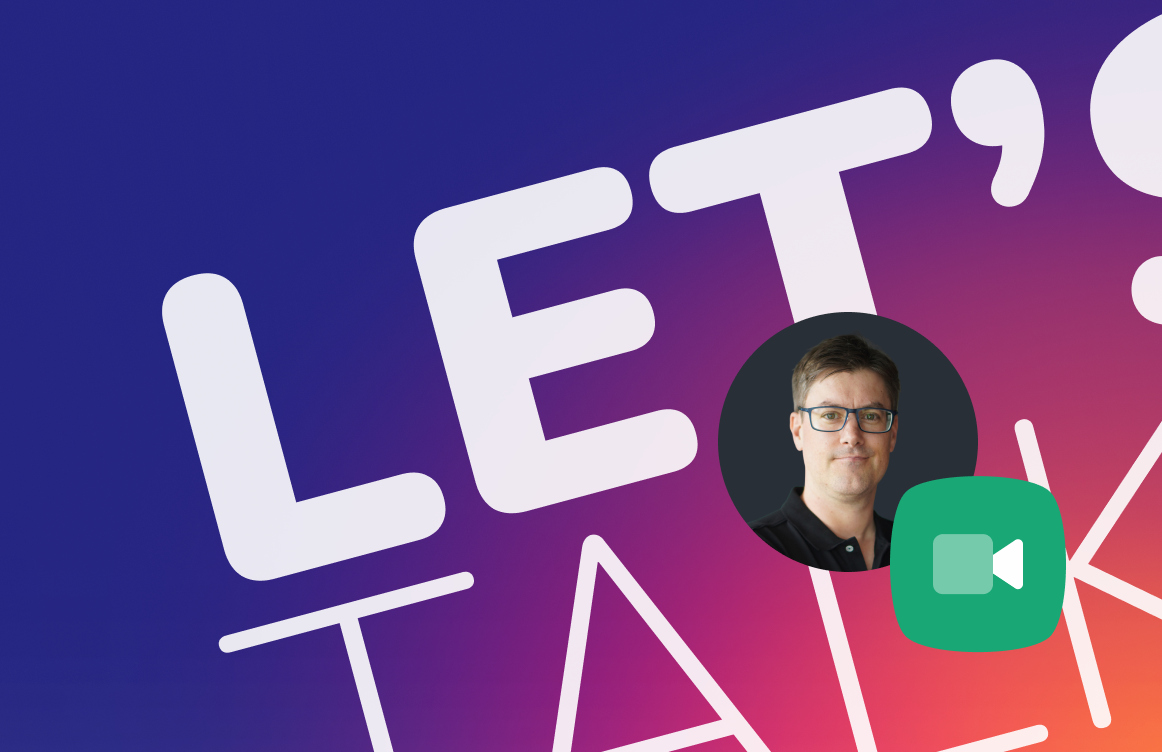
Today’s marketers have two things to contend with: a hyper-competitive marketplace and clients with short attention spans.
Every single day, more and more companies are launching an ever growing number of products and services that are vying for the customers’ shrinking attention.
As Derrick Lin, senior brand strategist at Resource/Ammirati points out, “the race to be top of consumers’ minds has never been more critical, and the ability to retain that attention for the length of time it takes to have an impact and snag a sale is imperative.” (Source)
With this in mind, marketers should find a way to cut through the noise to position their brands well on their clients’ minds and be able to engage with them long enough to make an impact.
One incredibly effective way brands can win the attention battle is by using emotion-inducing storytelling in their advertising and content marketing.
We are aware that some schools of thought believe storytelling does not work in B2B marketing. After all, B2B clients are motivated by several factors to buy – not necessarily primarily focused on emotions.
However, don’t you want to know whether storytelling can be successfully leveraged in B2B marketing? And, if it is possible, to learn how to go about it the right way?
To begin with, you will learn about why storytelling is a powerful marketing tool, how to tell effective stories for a B2B audience and where to find story inspirations for your marketing campaigns.
What Is Storytelling?
Storytelling is an art and science of using narratives to communicate brand messages to a target audience.
Storytelling is an art because it requires creativity, ingenuity, empathy and even a touch of intuition to craft compelling narratives around a product or service or brand that strikes an emotional connection with the audience.
It is a science because, despite the seeming sense of randomness, there is a process and structure to creating compelling stories that connect.
The good news is, whether you think of yourself as creative or not, you can surely learn how to use storytelling in your marketing.
Why Do Stories Seem to Work?
To understand why we love stories, you have to step back a few thousand years when our ancestors were first emerging from the caves.
Stories were not just a tool to foster cooperation among the group but were also used to warn of dangers, share experiences and recall hunting expeditions.
To cave people, stories were not only a medium for bonding and community nurturing; it was vital to the survival of the group. Stories, in this sense, became the basis for human existence.
As the years went by and with evolution playing its role, we have become hardwired to love stories. Is it any wonder why good stories have such powerful effects on us?
The Science Behind Storytelling
Today, scientists are beginning to understand what happens in the brain when people hear stories.
A good story stimulates the production of the ‘feel good hormone’ oxytocin in the brain. This hormone is essential for developing such feelings like trust, empathy, and compassion.
We are more likely to cooperate and build connections with others after a good story.
As Paul J. Zak, professor of economics, psychology and management at Claremont Graduate University, noted in his 2014 article on hbr.org, ‘character-driven stories do consistently cause oxytocin synthesis. (Source)
But, aside from the oxytocin production in the brain, there is something even deeper happening during storytelling.
When people read or listen to good stories, the sensory part of the brain lights up, which indicates the listener is experiencing the story as if they are actively involved in what’s happening.
It gets even more interesting, the brain patterns of both the storyteller and listener start to match, which of course is crucial to establishing a connection with your audience.
What Has This Got to Do With the B2B Marketer?
A lot, stay with me, and you will see how.
As a B2B marketer, your ideal customers are impersonal organisations, right?
Wrong.
While your product or service is for businesses, in the real sense, your users are the people in those organisations. The decision makers are humans.
And, as we have established earlier, people love good stories. Humans have a weak spot for compelling stories.
Your job is to figure out a way to wrap your offerings with the cloth of narration. There is an angle you can explore. A story you can tell, even if you are in a seemingly boring industry with no obvious interesting stories you think your clients can appreciate.
A case in point is how Maersk, a global shipping conglomerate used storytelling and social media to build hundreds of thousands of raving fans and of course, paying customers.
To generate engaging stories, the Maersk team managed to transform mundane, everyday overseas haulage into compelling stories of high sea adventures. (Source)
The result is an engaged, loyal customer based, an easily recognisable brand and a workforce that identifies and feels good about their company.
Where to Find Good Stories for B2B Businesses
Ok, I get it. Storytelling can also work for B2B marketing. But where can I find good stories to tell?
There are several opportunities for a B2B marketer to incorporate storytelling in their campaigns.
1. Your Organisation’s Origin Story
52% of website visitors check out the ‘about us’ page after landing on the homepage to learn more about a company. (Source)
A typical B2B ‘about us’ page often goes on and on about how the company is the best. How long they have been in business and other long lists of boring stuff that puts customers off, thereby missing an excellent opportunity to connect on a deeper level with more than half of their target audience.
But, for you, you are going to do things differently. You are going to weave an engaging narrative of your organisation’s origin – thankfully, every company has a founding myth.
In this story, you are going to share what passion led the founders to decide to start the business. The reader will learn why that is important and what barriers were overcome in the process.
The story should take the visitor on a journey through the different phases of the company’s growth up to the present.
Do you know why this is a powerful way to craft your ‘about us’ copy? It gives your customers a glimpse of the motivation for starting the business in the first place and how far the organisation has come.
2. Tell Your Customers’ Stories
Your loyal customers are a rich source of stories for your B2B marketing. Interestingly, according to a brand storytelling survey by Headstream, 79% of responders say they want brands to tell stories as part of their marketing. (Source)
Why are customer stories important?
First, they are readily available. You don’t have to manufacture fictitious stories or case studies. Just reach out to your best customers and ask if they are willing to share their experiences and what problems your product/service is helping them to solve.
The second point, which is probably one of the toughest challenges B2B marketers face is, building credibility with new prospects.
Customers, especially B2B clients, often go for trusted solutions. When you share authentic, named customer success stories, your prospects can see that other brands like theirs trust and even love working with you which is an effective way to overcome the credibility objection.
3. Share the Behind the Scenes of Your Business
Behind the scenes stories about how a product is made or a sneak peek into what life is like working in your organisation is a powerful marketing tool to connect with your audience.
Content that features behind the scenes helps you showcase the people behind a particular product. It educates your audience about the painstaking process and length of time devoted to creating the products allowing for a deeper appreciation of your brand.
While creating behind the scene content, be sure to include interviews and stories from key people involved with the product, time-lapsed footage of the creation process (in case the content is in video format) and images of the people actually making the product.
How to Apply This to Your B2B Marketing
Every second, your customers are bombarded with content from businesses that are vying for their attention.
However, by sharing relatable customer success stories, how your company started and behind the scenes of a typical day in your business, you create content that grabs attention, engages with your audience and ultimately nurtures them to become paying customers.



